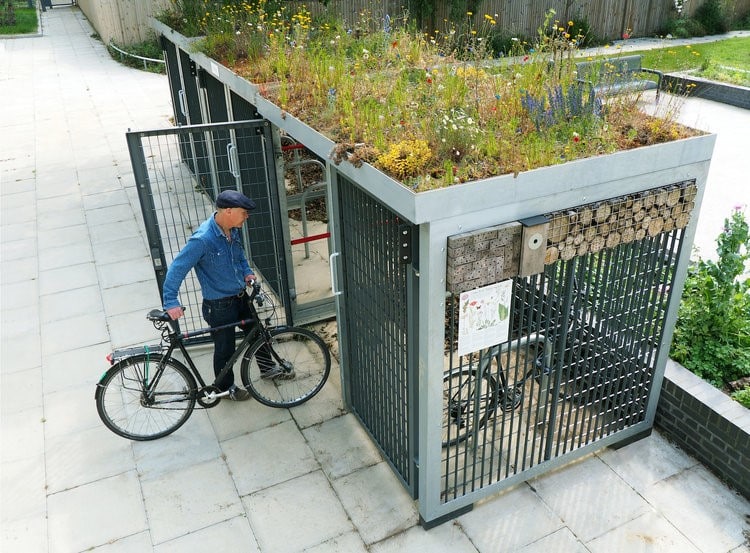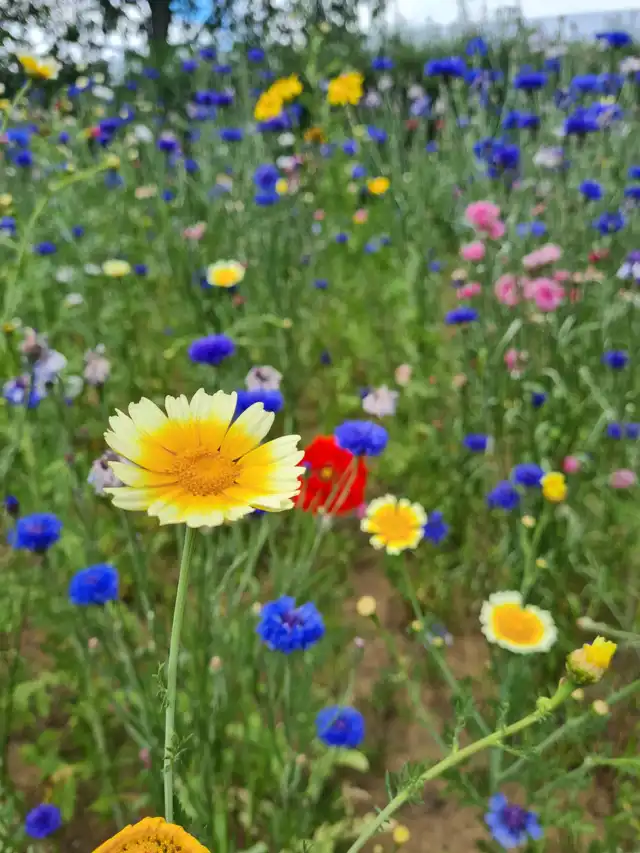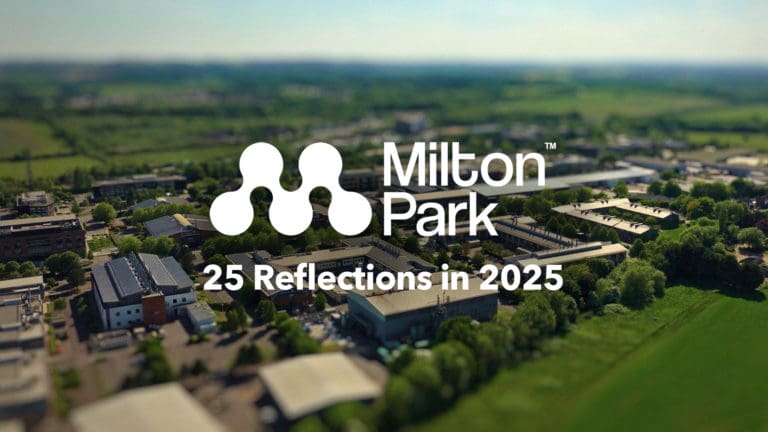
Did you know that 20% of Milton Park is made up of green spaces, covering 43 acres of open landscaped areas?
Here are some of the initiatives at Milton Park, aimed at enhancing biodiversity.
Did you know…?
- Green roof bike shelters: New this year, green roofs have been added to the bike shelters at 85, 122 and 152, creating additional habitats for wildlife while also contributing to the Park’s green initiatives.
Greener Workplace Forum: Has representatives from over 45 companies across Milton Park. As an independent group, the Greener Workplace Forum’s aims are to share best practice and raise awareness of existing green initiatives around energy use, recycling, increasing biodiversity and transport.
- Milton Park’s trees: There are 2,700 trees on the Park, creating essential nesting spots for birds and insects. These trees create a green network across Milton Park and play a vital role in supporting biodiversity.
- Bee hives: Milton Park has six bee hives, home to a buzzing community of 70,000 honeybees. These essential pollinators help plants and flowers flourish across the Park and we even make our own honey!
- Bat boxes: There are 15 bat boxes across the Park, providing secure roosting sites for the protected nocturnal species.
- Bird and owl boxes and swift towers: Milton Park has over 30 bird boxes, offering cosy nesting spots for species like tits and nuthatches. In addition, two owl boxes and two swift towers cater to these birds’ specific needs.
- Nesting islands: Amongst Milton Park’s eight lagoons, dedicated nesting islands have been created for ducks, moorhens and our visiting Canadian geese, offering quiet, protected spaces to raise their young.
- Insect habitats: Milton Park is home to a variety of insect habitats, including bug hotels, log piles, sand piles and bee posts. These shelters are ideal for solitary bees like leafcutter and mason bees, as well as other invertebrates.
- Wildflower meadows: The wildflower meadows, which cover 6,100 sq m, are thriving. These areas encourage the growth of native wildflowers and grasses, supporting a wide range of species from pollinators to small mammals.
- Recycled garden: Located by one of the Park’s lagoons, the recycled garden was created by ASA Landscapes last year, using repurposed materials like crushed concrete and bricks. This low-nutrient environment supports a variety of wildflowers, solitary bees and common lizards, transforming a former brownfield site into a thriving new habitat.




